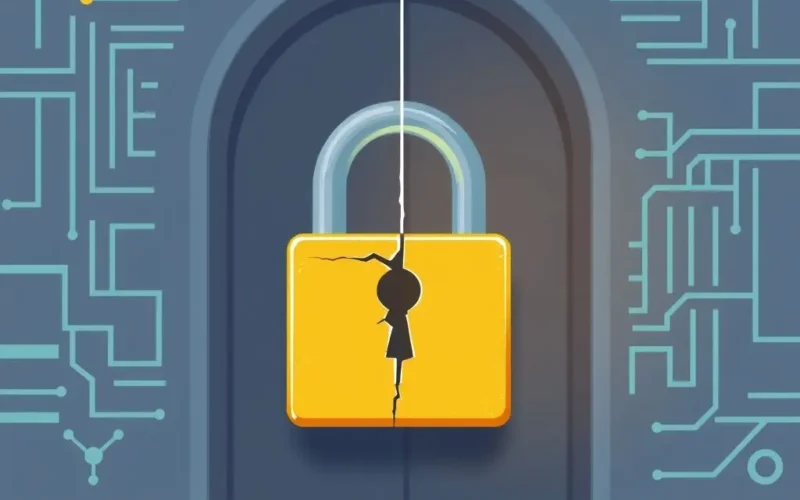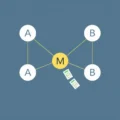Imagine a secret pathway into the software you rely on every single day – your operating system, your web browser, the apps on your phone. Now, imagine this pathway is so well hidden that even the brilliant minds who built the software have no clue it exists. This isn’t science fiction; it’s the terrifying reality behind something cybersecurity professionals whisper about with a mix of dread and urgency: the zero-day exploit.
It’s often dubbed the ‘most feared cyberweapon,’ and for good reason. Unlike vulnerabilities that security researchers or the vendor themselves discover and have time to fix, a zero-day exists in the wild, completely unknown to the defenders. It’s an invisible key fitting a secret lock, granting attackers unauthorized access before anyone even knows there’s a door to begin with. The clock for defending against it starts ticking from zero – hence the name.
Table of Contents
What Exactly is a Zero-Day Exploit? Breaking Down the Terms
To fully grasp the threat, let’s dissect the phrase:
- Zero-Day (or 0-Day): This part refers to the vulnerability. Specifically, it means that the vendor (the company creating the software) has had ‘zero days’ notice or knowledge of the flaw. Until it’s discovered, either accidentally or through malicious exploitation, it remains a silent, potential entry point.
- Vulnerability: This is the weakness or flaw in the software’s design or code. It could be a coding error, a logic flaw, or a misconfiguration that allows an attacker to behave in a way the developers didn’t intend, often with elevated privileges or access.
- Exploit: This is the tool, code, or technique that takes advantage of a specific vulnerability. An exploit leverages the flaw to achieve a malicious outcome, such as executing arbitrary code, gaining unauthorized access, or stealing data.
So, a zero-day exploit is the *method* used to leverage a *previously unknown* vulnerability to compromise a system. It’s the act of finding that hidden, unlocked back door and walking right through it.
For a quick visual breakdown of this concept, check out this short:
Why Are Zero-Day Exploits So Feared? The Defender’s Nightmare
The primary reason for the fear surrounding zero-days is straightforward: **there is no immediate defense available.** When an attacker uses a zero-day exploit, standard security measures struggle because they often rely on knowing what threats to look for. There are no signatures, no patches, and often no specific behavioral patterns initially known to security systems.
Consider this: cybersecurity defenses are often like vaccinating systems against known diseases. They identify the pathogen (vulnerability) and create an antidote (patch/fix) or train the immune system (security software) to recognize it. A zero-day is like a completely novel, highly contagious disease that nobody knows how to identify or treat. By the time symptoms appear (the attack is detected), the infection may have already spread.
This gives attackers a significant advantage. They can potentially compromise systems undetected for an extended period, achieving their objectives—whether espionage, theft, or sabotage—before anyone realizes how they got in.
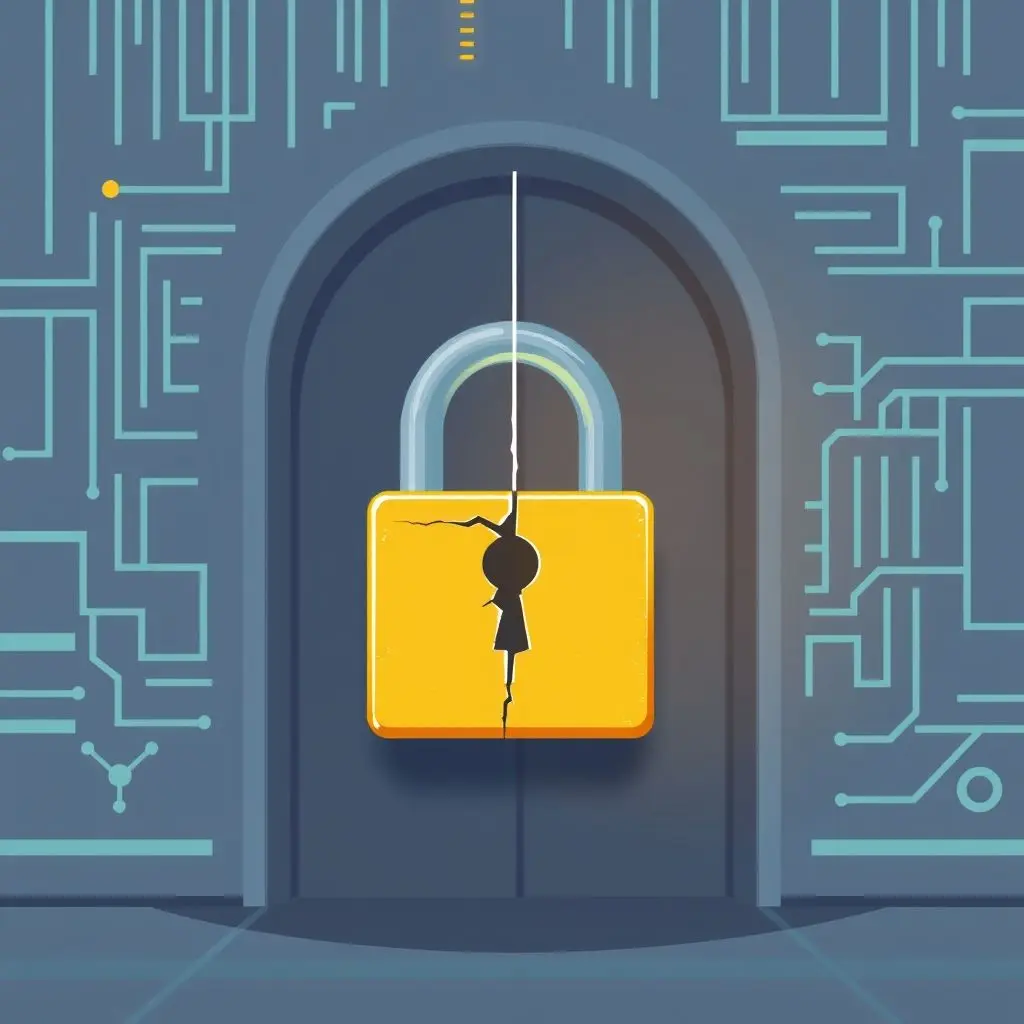
The Shadowy World of Zero-Day Discovery and Weaponization
How do these hidden flaws come to light? There are several paths:
- Accidental Discovery: Sometimes, a developer or security researcher stumbles upon a flaw while reviewing code or performing routine testing.
- Intentional Research: Security researchers (both ethical ‘white hats’ and malicious ‘black hats’) actively hunt for vulnerabilities using sophisticated tools and techniques like fuzzing or reverse engineering.
- Intelligence Operations: State-sponsored groups often dedicate significant resources to finding zero-days in critical software and systems used by adversaries.
Once a vulnerability is found, it can be weaponized. This involves developing the specific exploit code that successfully triggers the vulnerability to perform an action, such as running malicious software on the target system. This weaponization requires deep technical skill and understanding of the software’s inner workings.
There’s also a murky, high-stakes market for zero-days. Governments, intelligence agencies, and sophisticated criminal organizations are willing to pay substantial sums for exclusive access to unknown, working exploits. This creates a powerful financial incentive for researchers to find vulnerabilities and sell them to the highest bidder, which isn’t always the software vendor.
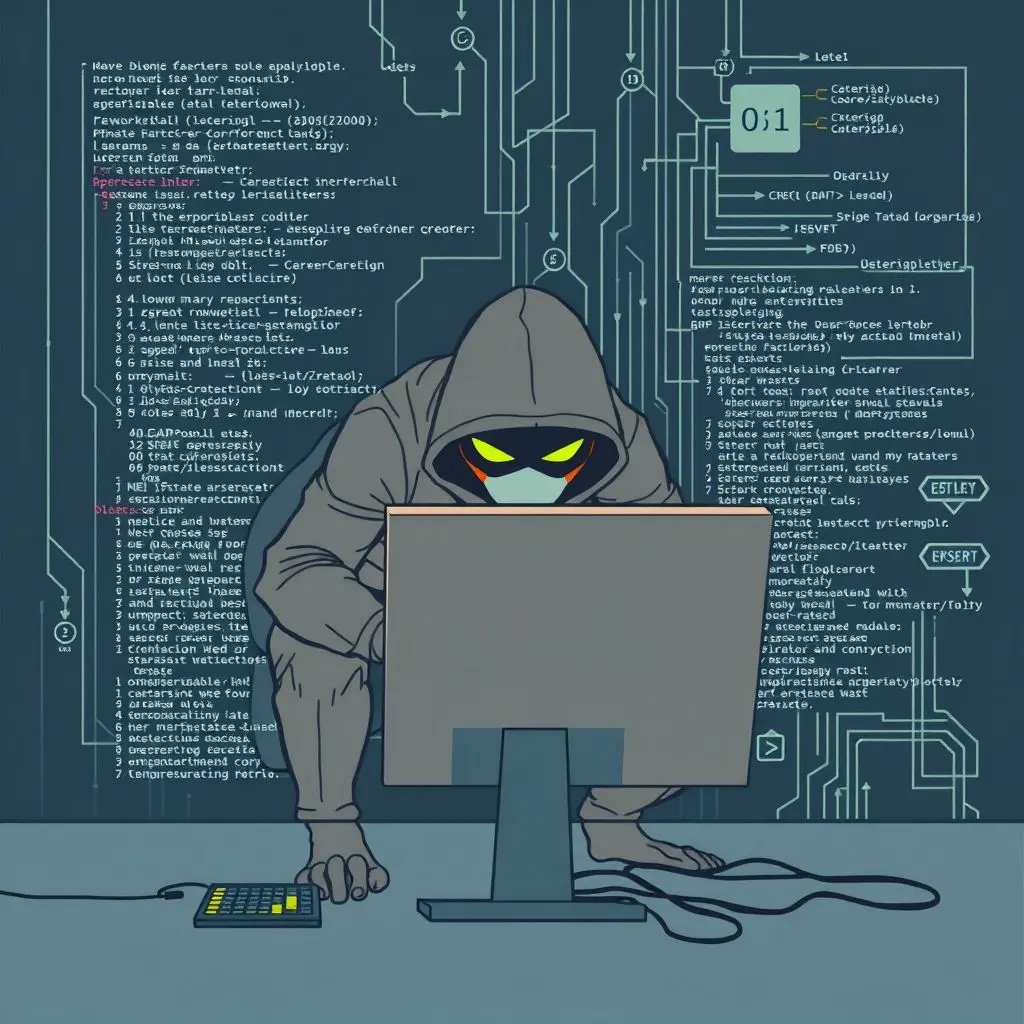
Who is Targeted and Who Uses Zero-Days?
While theoretically, any software could contain a zero-day vulnerability, attackers often focus on widely used software and operating systems (Windows, macOS, iOS, Android), popular web browsers (Chrome, Firefox, Safari), and enterprise software, as these offer the largest potential attack surface.
The groups most likely to possess and utilize zero-day exploits are:
- State-Sponsored Actors: Governments use zero-days for espionage, sabotage, and cyber warfare against other nations or dissidents.
- Sophisticated Criminal Groups: Organized cybercrime syndicates might use zero-days for highly lucrative operations like targeted bank theft or ransomware on critical infrastructure.
- Intelligence Agencies: Agencies may use them for surveillance and data collection purposes.
Using a zero-day is costly and risky for an attacker – once used and detected, the vulnerability is likely to be discovered and patched, rendering the exploit worthless. Therefore, they are typically reserved for high-value targets or critical strategic objectives.
The Frantic Race to Patch
Once a zero-day exploit is discovered in the wild, often because an attack using it has been detected, a frantic race against time begins for the software vendor.
- Detection: This usually happens when security researchers or affected organizations notice unusual activity or crash data that points to an unknown vulnerability being exploited.
- Verification: The vendor must confirm the vulnerability and the effectiveness of the exploit.
- Patch Development: Engineers work urgently to identify the root cause of the flaw and develop a software update (a patch) that fixes it. This is a complex process that must be done correctly to avoid introducing new issues.
- Deployment: The patch is released to users. The speed at which users apply this patch is critical in limiting further damage.

Can You Defend Against the Unseen?
Defending against a zero-day exploit is inherently challenging because you are, by definition, unaware of the specific threat. However, a robust, layered security strategy can significantly mitigate the risk and limit the impact:
- Rapid Patching: While you can’t patch a zero-day until a fix is available, maintaining a strict patching schedule for *all* known vulnerabilities reduces your overall attack surface and makes you a less appealing target.
- Layered Security: Employ multiple security controls – firewalls, intrusion detection/prevention systems (IDS/IPS), antivirus/antimalware, email filters, web filters. These layers can sometimes detect the *behavior* of an exploit or the *malware* it attempts to install, even if they don’t recognize the exploit itself.
- Endpoint Detection and Response (EDR): EDR solutions monitor endpoint activity for suspicious patterns that might indicate an exploit is underway, even if the specific vulnerability is unknown.
- Principle of Least Privilege: Limit user and application permissions to the bare minimum required. This can prevent an exploit from gaining widespread control even if it successfully compromises one part of the system.
- Network Segmentation: Dividing your network into smaller, isolated segments can contain the damage from a zero-day exploit, preventing it from spreading rapidly across your entire infrastructure.
- Zero Trust Architecture: Assume no user or device can be trusted by default, regardless of whether they are inside or outside the network. Verify everything. This granular access control limits potential lateral movement by an attacker using an exploit.
- Security Awareness Training: Educating users about phishing and social engineering tactics can prevent attackers from using these methods, which are often combined with zero-day exploits as part of a larger attack chain.
Ultimately, while completely preventing a zero-day attack is difficult, these strategies build resilience and significantly increase the chances of detecting, containing, and recovering from one quickly.
Frequently Asked Questions About Zero-Day Exploits
Here are some common questions people ask about these elusive threats:
Q: Are zero-day exploits common?
A: Compared to exploits for known vulnerabilities, true zero-day exploits are relatively rare. They are valuable, hard to find, and often expensive to acquire. When they are used, it’s typically in targeted attacks rather than widespread, indiscriminate campaigns (though this isn’t always the case for very popular software vulnerabilities).
Q: How are zero-day vulnerabilities discovered?
A: As mentioned, they can be found accidentally during development or testing, through dedicated security research (both ethical and malicious), or through intelligence-gathering efforts by state actors.
Q: Can antivirus software detect a zero-day exploit?
A: Traditional signature-based antivirus struggles with zero-days because it relies on knowing the ‘signature’ of known malware or exploits. However, modern security solutions use behavioral analysis, machine learning, and heuristics, which *might* detect the malicious *actions* performed by a zero-day exploit or the malware it tries to install, even if the exploit itself is unknown. It’s not guaranteed, though.
Q: What happens after a zero-day is used and detected?
A: Once discovered, the vulnerability ceases to be a ‘zero-day’. The vendor is notified (or discovers it themselves), and they prioritize developing and releasing a patch. Security companies update their detection signatures. The vulnerability becomes a ‘known’ vulnerability, and the exploit becomes a ‘known’ exploit.
Q: Are zero-days only a problem for large companies or governments?
A: While high-value zero-days are often used against major targets, vulnerabilities in consumer software (like operating systems, browsers, or popular apps) can potentially be exploited against individuals as well, although less frequently than mass-market phishing or malware attacks.
Q: What is the difference between a zero-day vulnerability and a zero-day exploit?
A: The vulnerability is the *flaw* or weakness. The exploit is the *method* or code that takes advantage of that flaw.
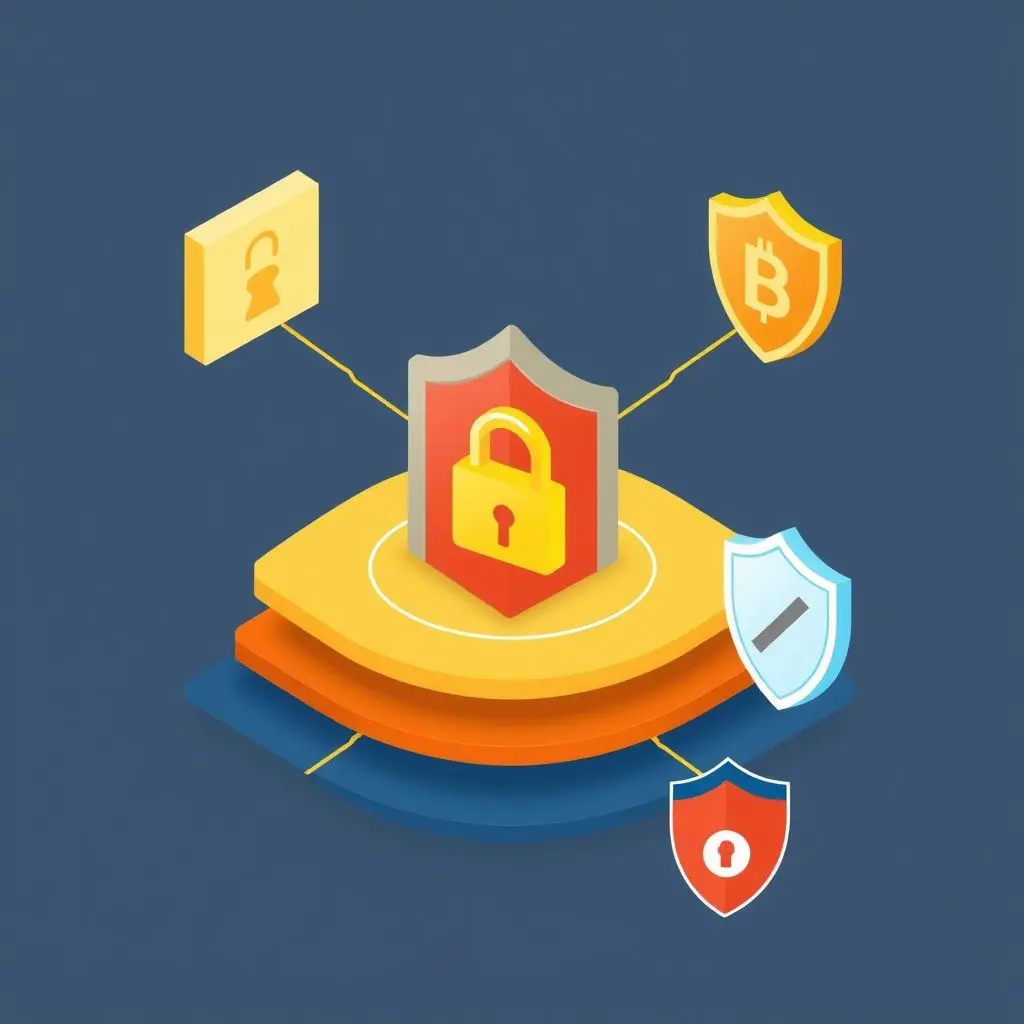
Navigating the Ever-Evolving Threat Landscape
Zero-day exploits represent the cutting edge of cyber threats, exploiting the inherent complexity and potential imperfections in all software. They highlight the constant, often unseen, battle between those who seek to find and exploit weaknesses and those who work tirelessly to build and defend secure systems.
While the existence of zero-days can sound alarming, understanding them is the first step toward managing the risk. Staying informed about security practices, maintaining vigilance, and implementing strong, layered security defenses are your best tools in navigating a digital world where the unseen punch is always a possibility.
Don’t let the concept of zero-days leave you zero prepared! Staying updated on security news and keeping your software patched are crucial steps in protecting yourself and your systems.
